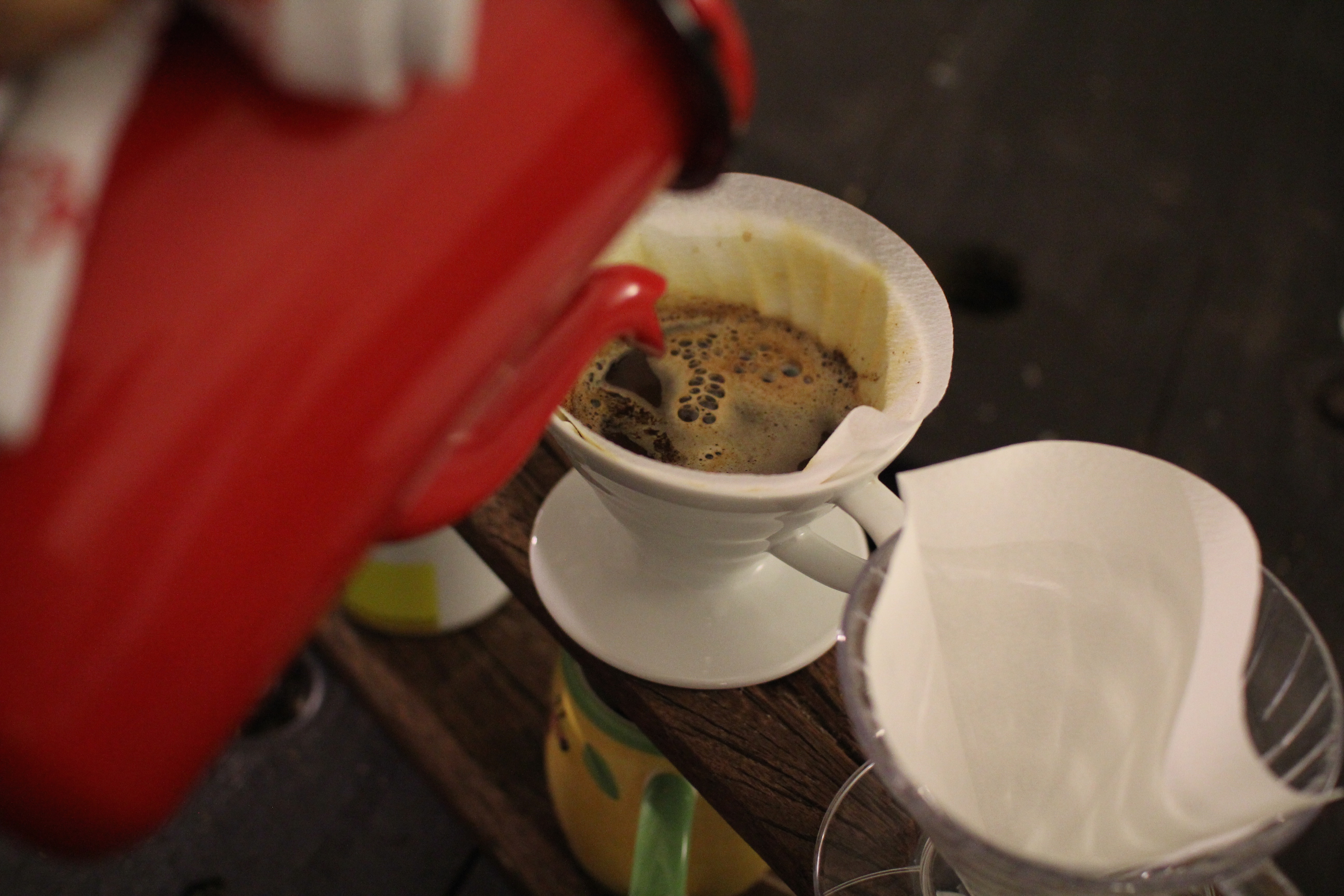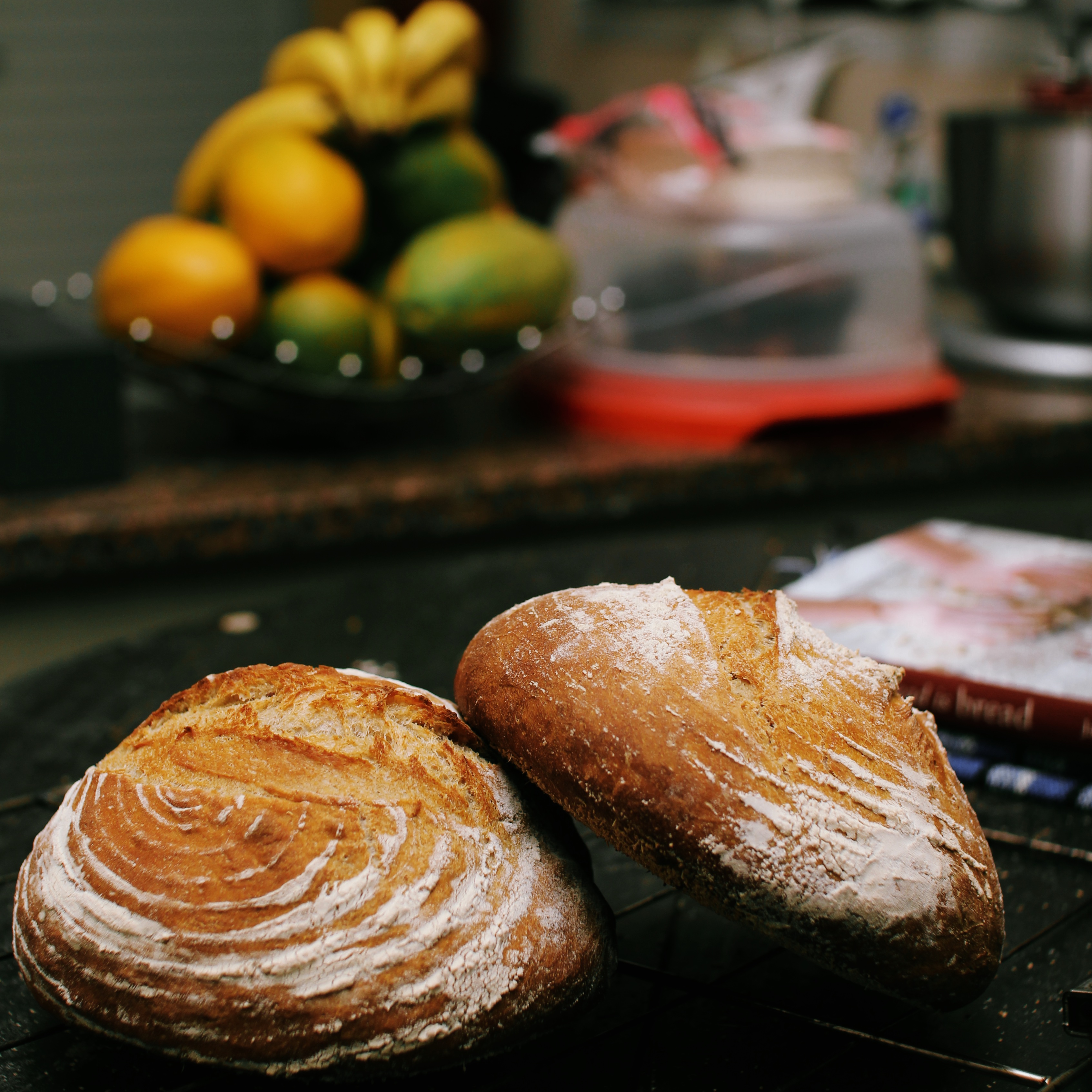Quando contamos nossa história e falamos sobre nosso estilo de vida ouvimos 2 tipos de comentários:
When we told our story to family and friends about our proposed lifestyle change here on the farm, we were met with 2 types of responses:
- Os românticos- que coisa mais maravilhosa largar tudo e morar no campo. Um dia vou ter coragem de fazer isso também.
- Os realistas- vocês são loucos e irresponsáveis. Como vão viver assim? Jamais faria isso.
- The romantics, what a wonderful thing, leave all the nonsense behind to live on a farm. One day I’d love to so the same.
- The realists – You’re mad and irresponsible, how will you survive like this? Mostly, we’ve heard from the realists more.


A verdade é que nenhuma das duas visões se aplicam no nosso cotidiano.
The truth is, neither of these opinions apply to our daily life here.
Passamos perrengues, temos um zilhão de dúvidas e questionamentos.
We pass through difficult times in life, it’s normal, and we’re left with a zillion doubts and questions.
Tem semana que o telefone não toca. Não vendemos um pão. Chove muito a estrada fica enterditada, a varanda cheia de lama, o bolo não cresce, e nossas reservas se esgotando.
There are weeks when the phone doesn’t ring, we don’t sell one bread. It rains, and rains and rains and the road ruts and becomes impassable, the veranda is full of mud, the cakes don’t rise and our savings are dwindling.
Ás vezes é um caos que só. Dan fica super irritado e eu choro.
Sometimes, it’s pure chaos. Dan gets stressed, I cry, it’s horrible.

Então nos lembramos que viver essa experiência foi escolha nossa. E toda escolha tem renúncia. Quão fortunado somos nós que temos direito de escolha? Muiiiito.
Then we remember that this life experience was our choice and every choice has sacrifices. But we can’t forget that we were lucky enough to be able to have this choice in the first place. Very lucky.
Como faz pra se recompor, centrar e fazer com que as coisas fiquem bem?
How do we do to make sure we stay composed, centered and make sure we focus on keeping things going?
O Dan pedala, faz jardinagem, faz pão… Eu faço um bolo, medito (tento), ajudo no jardim e costuro. E juntos cozinhamos.
Dan rides, he works in the garden, he makes bread… I make a cake, meditate, help in the garden and work on my machine, making home wares and dresses, and we cook together.



Aos poucos vamos achando o nosso jeitinho de conectar-se com nós mesmos e com o mundo. O alimento tem um poder incrível de conexão. Talvez porque cozinhar faz com que você esteja presente. Vivendo o momento.
Slowly, we’ll find a way to connect better with ourselves and our public. Food is an incredible tool to bring people together, and when you cook, or prepare food, you’re present and in the moment.
E tudo passa. O dia nasce ensolarado, o telefone toca, desbloqueiam a estrada, os amigos nos visitam, tem flor, fruta e comida. É uma alegria que só.
The bad moments pass, they always do. The next day the sun rises, it’s sunny, the phone rings and the road becomes passable, friends visit, the garden is full of flowers, there are fruits on the trees, we have a roof over our head and there is food on the table.


 Morando na roça temos aprendido muito sobre horta, orgânicos, alimentação, café, fermentação e tantos outros assuntos que nem imaginávamos um dia saber, mas temos mesmo é aprendido muito sobre nós mesmos.
Morando na roça temos aprendido muito sobre horta, orgânicos, alimentação, café, fermentação e tantos outros assuntos que nem imaginávamos um dia saber, mas temos mesmo é aprendido muito sobre nós mesmos.
Living on the farm we have learned so much about the garden, the land, organics, food, coffee, fermentation and so many day to day things its hard to list, but what we have learned more is about ourselves, learning from our mistakes and coming out the other side.
Aprendendo a ver beleza nos dias cinzas e nas nossas próprias imperfeições.
We are learning to see the beauty on our grey days and in our imperfections.




















